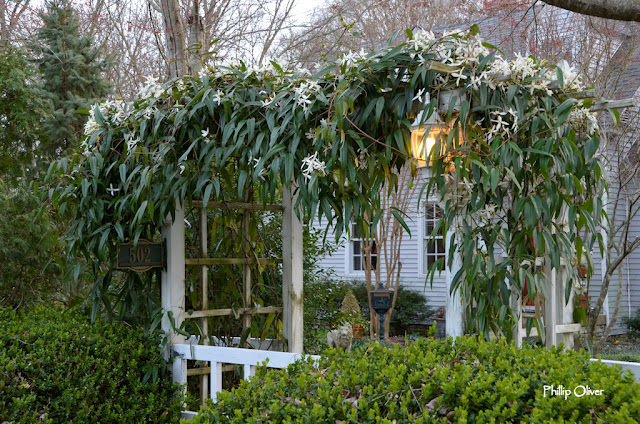The Garden House (Devon, England)
The destinations are beginning to blur but looking at the tour guide booklet, I see that we are now in Plymouth. Today, we visited two gardens designed by Keith Wiley. The first is The Garden House , where Wiley worked as Head Gardener for 25 years (from 1978-2003). The 10-acre estate was purchased in the 1940s by former Eton schoolmaster Lionel Fortescue and his wife Katherine. It was formerly home to the vicars of Buckland Monachronum. The Fortescue's renovated the gardens and ran a market garden business and raised cattle. The remains of some of the original buildings in the vicarage still stand in the garden and serve as a romantic backdrop in the Walled Garden - I loved the way they had massed ferns together. Just stunning! Surrounding the walled garden and venturing out away from the house are more naturalistic plantings - Today, the head gardener is Nick Haworth, who was previously head gardener at Greenway , which we visited earlier. Keith Wiley lef...



What a beauty. Wish I could grow it.
ReplyDeleteWow - it looks fabulous over your gazebo. It has really "leaped"!
ReplyDeleteAn amazing clematis, but after pulling out Lady Banks Rose and yellow jasmine, I'm not brave enough to plant another evergreen vine! My Confederate Jasmin is enough to handle, so I've switched over to deciduous clematis this year for other spaces that need vines.
ReplyDeleteJust beautiful, Phillip. Mine keeps trying to climb into the maple tree next to it. It really takes off this time a year. I wish I had a space it could just go wild and crazy.
ReplyDelete